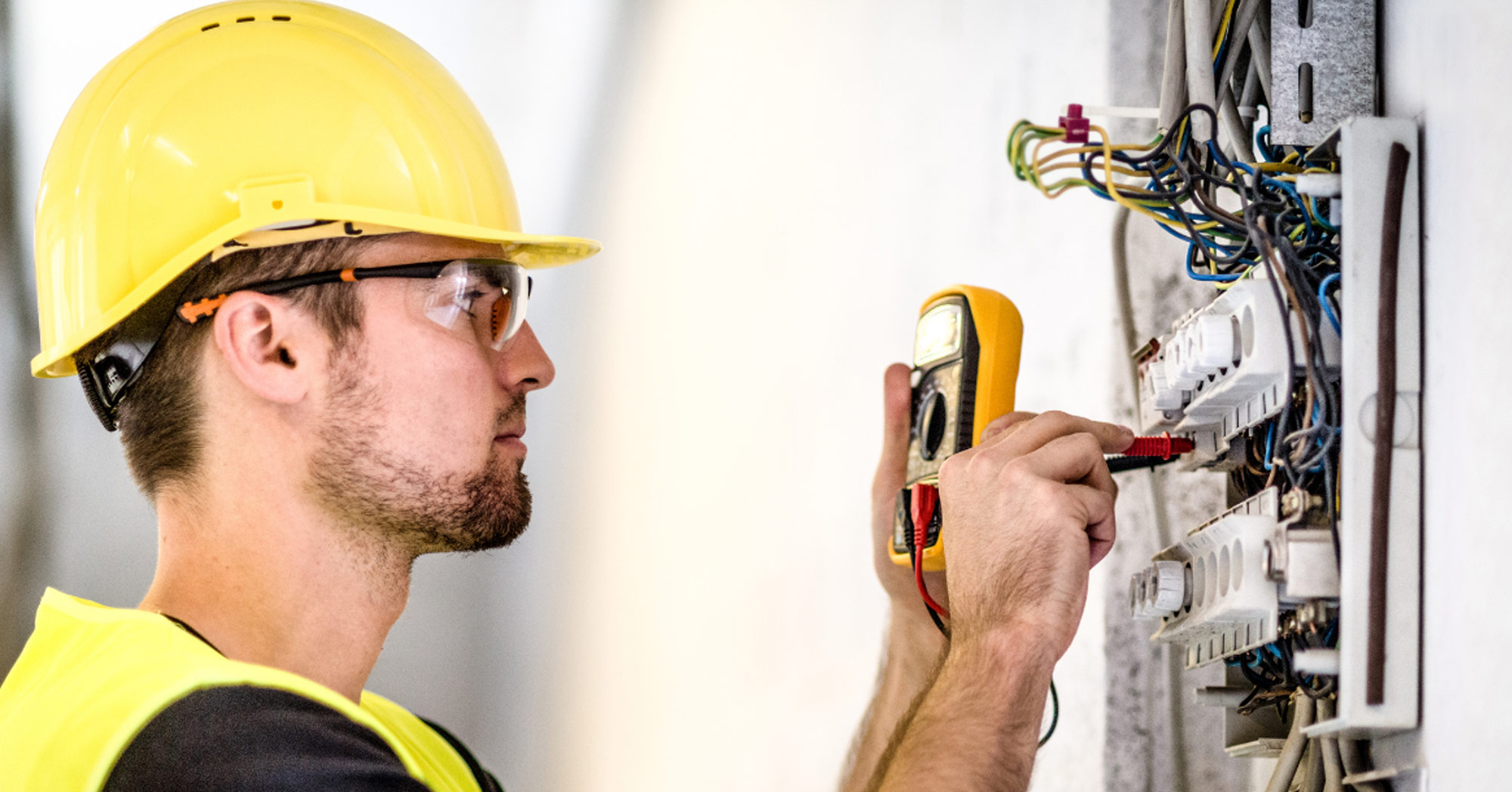
Common electrical hazards: How to identify and prevent them
Electrical equipment is a common sight in nearly all workplaces. People who work either directly or indirectly with electricity are often exposed to electrical hazards. Most electrical hazards can be avoided with a proper understanding of electrical equipment and by following some simple precautions. Described below are some of the most common electrical risks.
Overhead power lines
Overhead power lines are one of the most common workplace electrical hazards. They carry high voltages and can cause severe electrical shock and burns. Contact with them may even lead to electrocution, or death by electric shock. It is critical to maintain a minimum distance of 10 feet from them. Any equipment you are using must also stay at least 10 feet away. Install safety barriers with clear warning signs before beginning work. Conduct regular site surveys and ensure that nothing is stored under the overhead power lines.
Faulty or damaged electrical equipment
Often times, people tend to ignore faulty or damaged electrical equipment or tools used to handle such equipment. This can prove to be fatal. Always inspect all the tools and equipment for cracks, cuts, or abrasions before use. Cables, cords, wires, and other electrical components should not have any type of fraying or defects. Insulation must be intact. If any tools or equipment are faulty or damaged, they should be immediately removed from service until they can be repaired or replaced. Electrical tape is not suitable for repairing damaged insulation on electrical tools and equipment. Lockout/Tagout (LOTO) procedures should always be initiated prior to performing repairs and maintenance on electrical equipment. These procedures are designed to safeguard people working with electrical equipment by keeping the equipment de-energized.
Overloaded circuits and improper wiring
Improper wiring and overloading circuits can result in equipment overheating and fires. First, only use electrical equipment that you are trained and qualified to use. When you need to use an extension cord or power strip, make sure it is compatible with the equipment you are plugging into it. Also, make sure you aren’t plugging too many devices into an extension cord or power strip, as this can cause too much electricity to flow through it and ultimately lead to a fire. Upgrade wiring according to the needs of your equipment. Do not overload outlets and use appropriate circuit breakers. Carry out periodical fire safety audits to identify any risks of improper wiring and overloaded circuits.
Poor grounding
This is a common error seen in many workplaces. Portable electrical equipment and tools must be grounded or double-insulated to help prevent the path of electricity from coming into contact with your body. Check any cords you use for a grounding prong, and that the grounding prong is not damaged. Double-insulated tools will be marked as such by the manufacturer on a tag or label. When electrical equipment isn’t grounded or insulated properly, your risk of electrical shock and burns from using the equipment is higher.
Wet environments
Water and electrical equipment are undoubtedly a recipe for disaster. Because water is a good conductor of electricity, wet environments increase the risk of electrical shock, especially if the equipment has damaged insulation. Make sure that you never operate any electrical equipment in wet locations. Make sure your hands are completely dry before plugging in, unplugging, or using electrical equipment. Whenever possible, keep the work area dry and free of any clutter. If electrical equipment does get wet, consult a qualified electrical worker before touching or using it.
One of the best solutions to reduce the risk of electrical injuries and improve electrical safety is to regularly carry out detailed site inspections with the help of a qualified electrical worker. In addition, employers need to implement electrical safety measures like installing railings and machine guards and creating and enforcing LOTO procedures. Employers must also establish electrical safety programs that include provisions for employee training and other controls to protect employees from electrical hazards.


